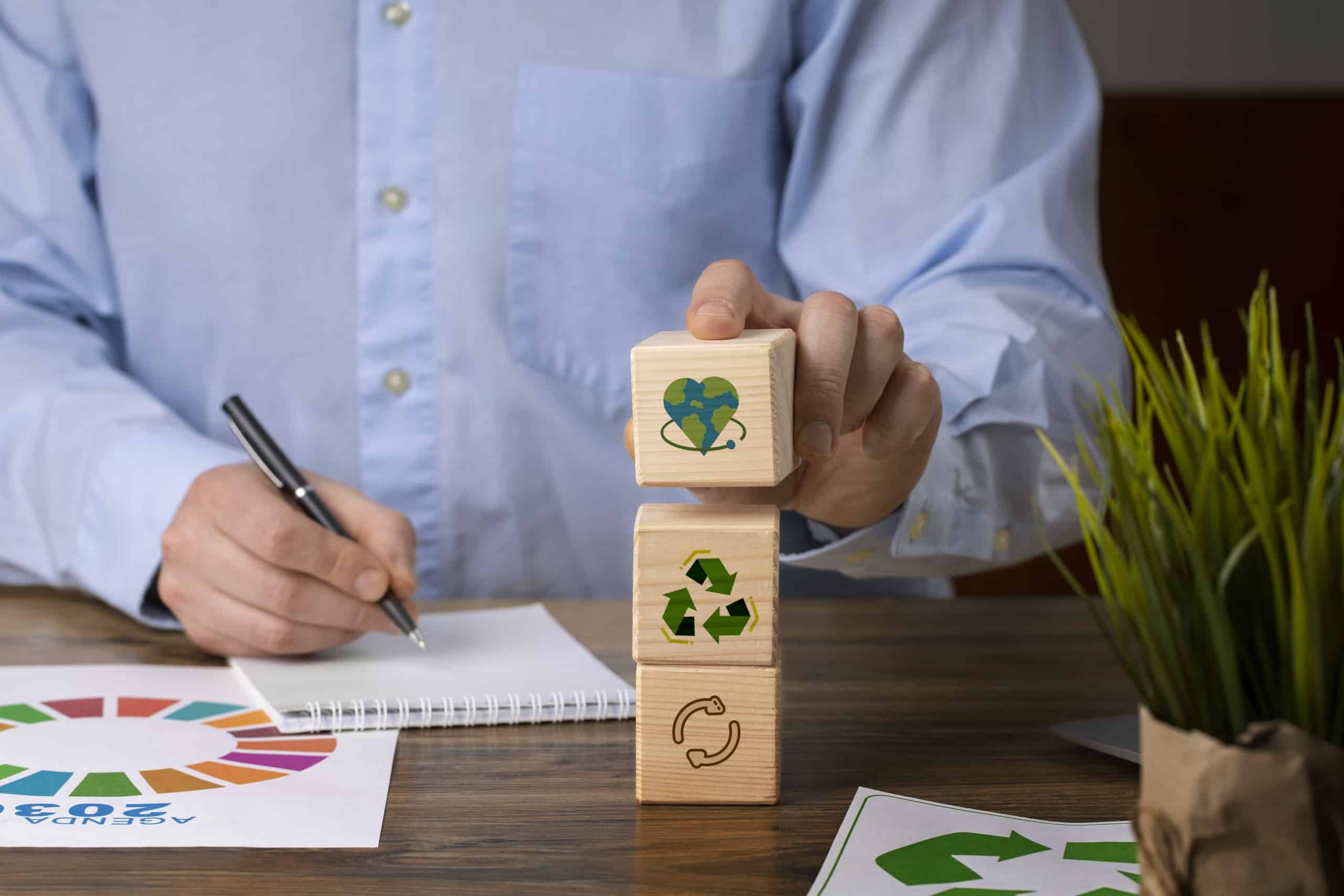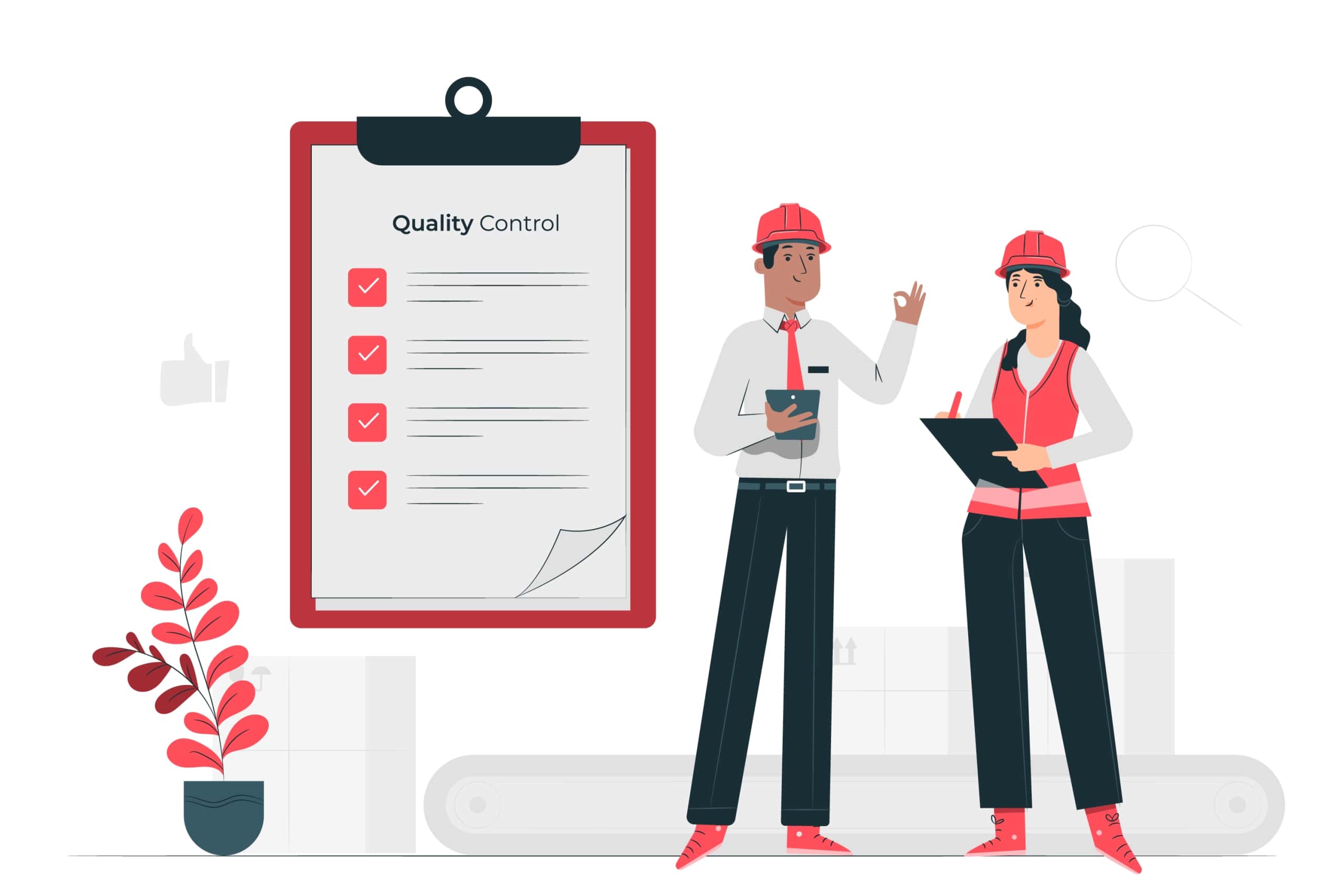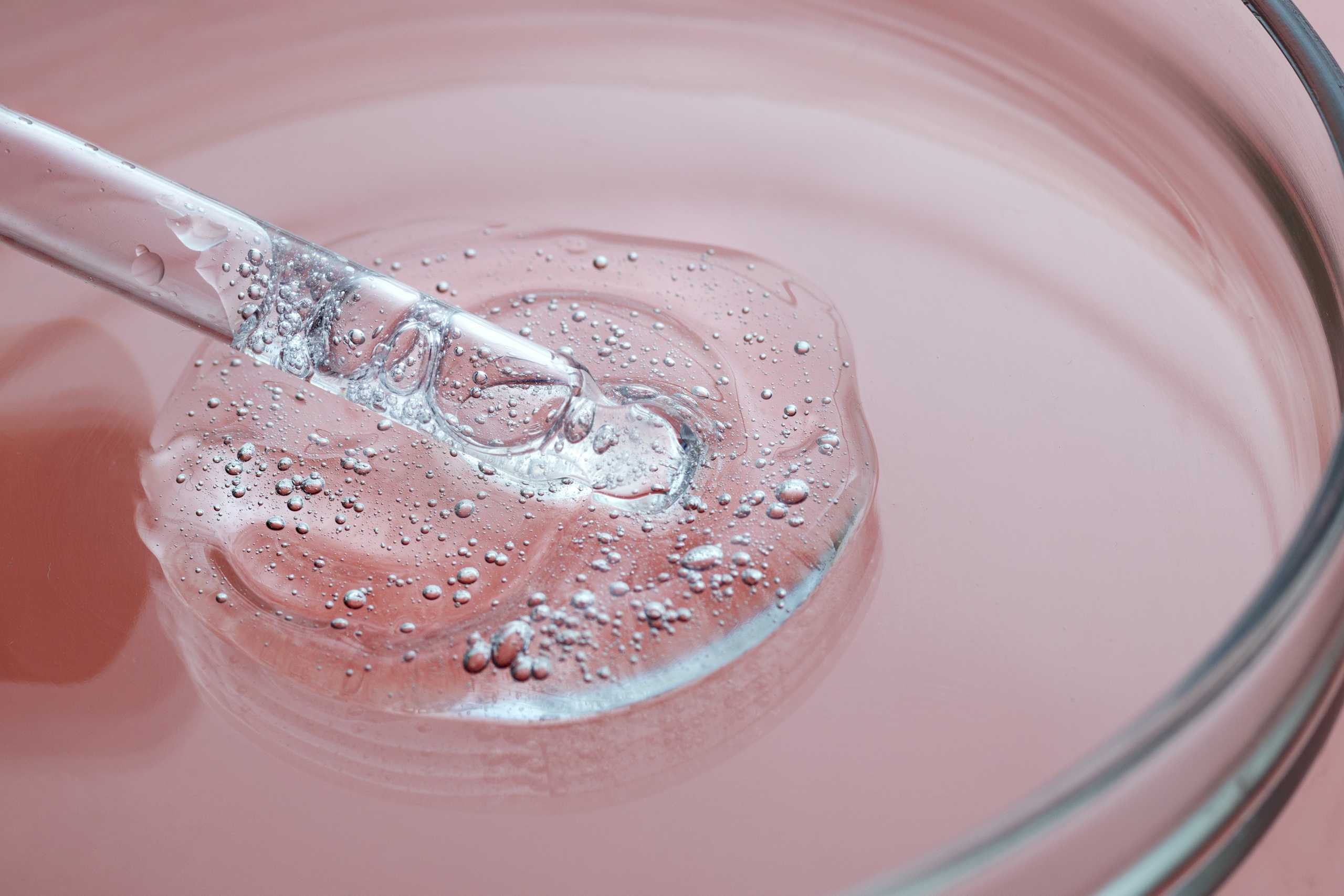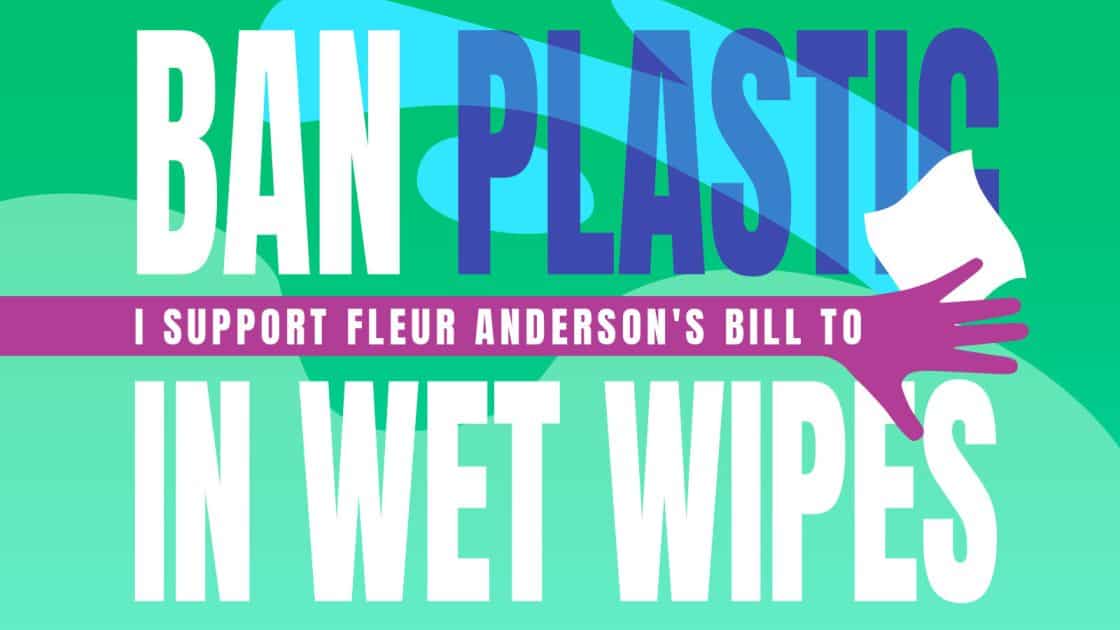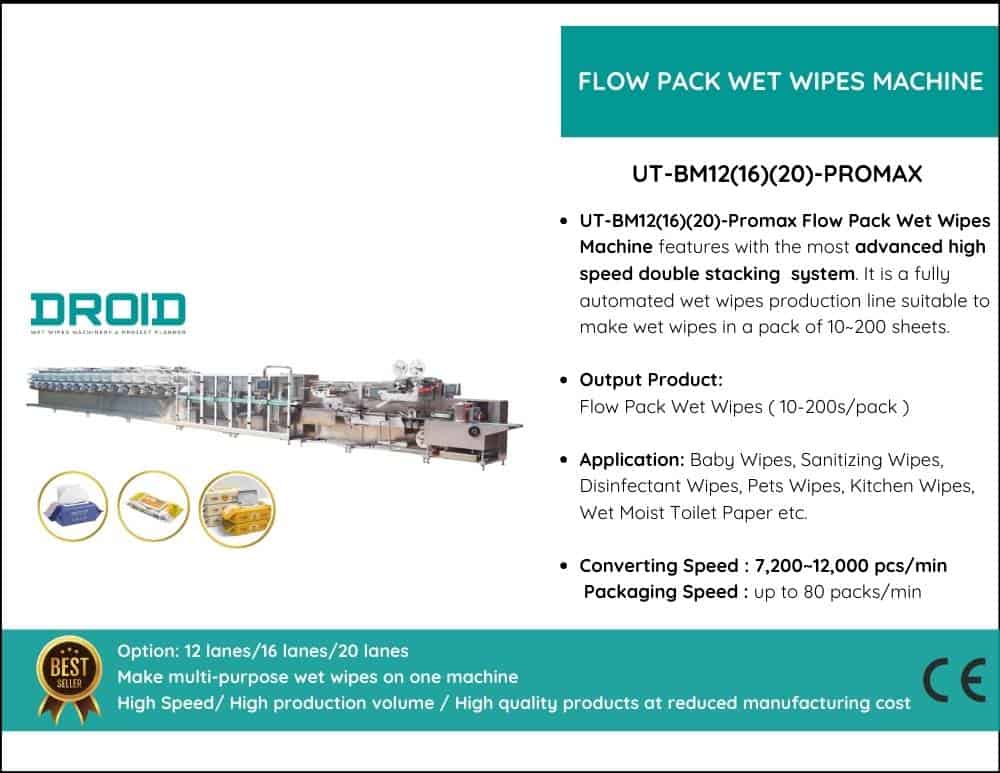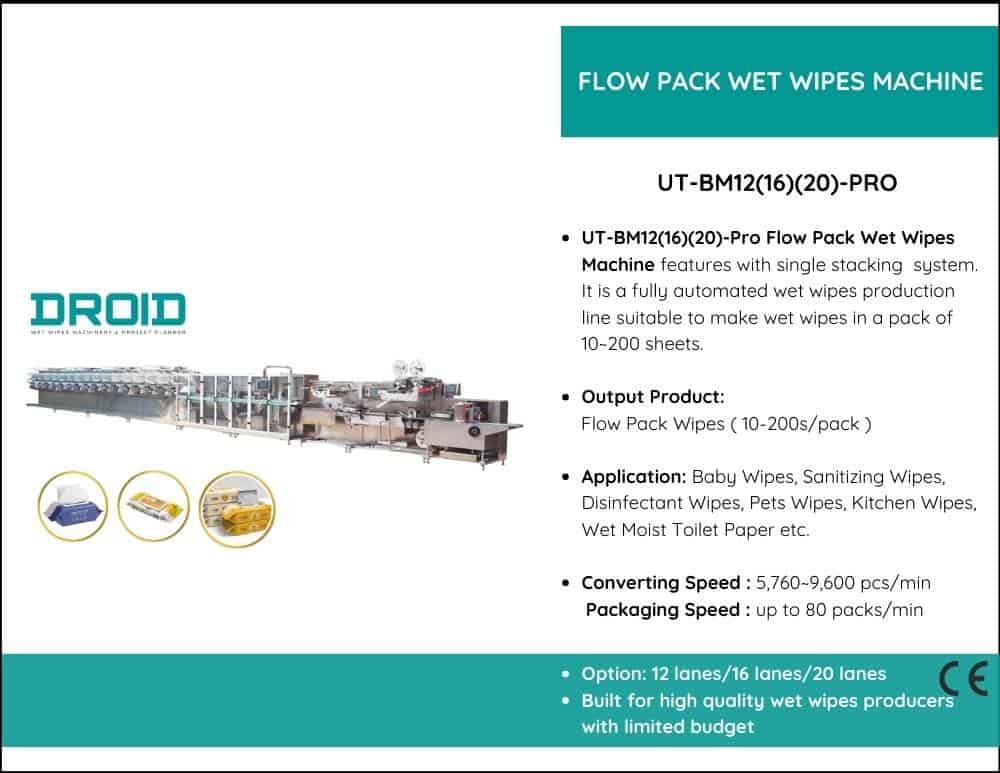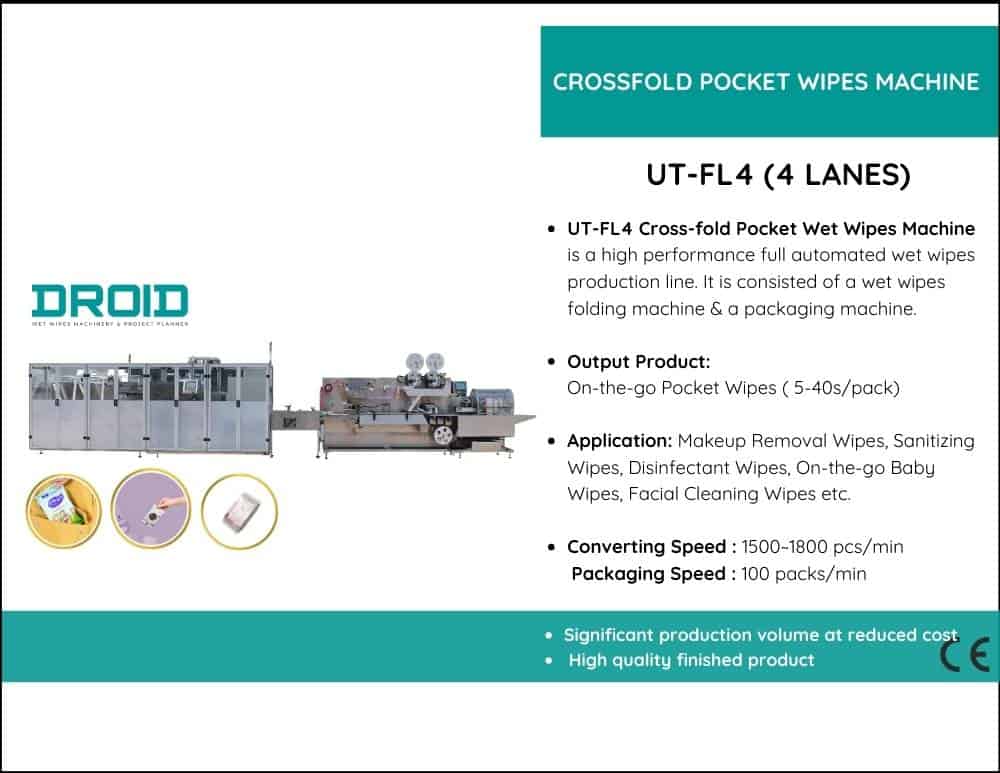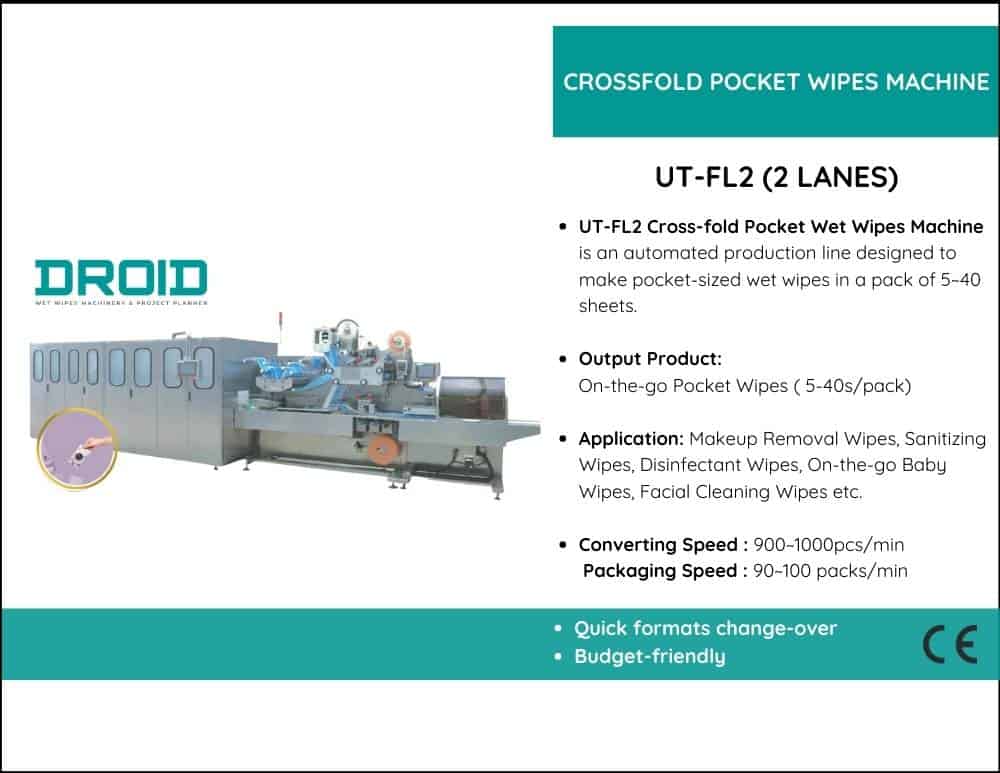Unrealistic Expectations
For both producers and customers, unrealistic expectations about biodegradable wet wipes pose a serious problem. Although the goal of these environmentally friendly substitutes is to lessen their negative effects on the environment, a lot of false beliefs and exaggerated expectations about their functionality, disposal, and breakdown may cause annoyance or abuse. To promote appropriate knowledge and optimize the advantages of biodegradable goods, these irrational assumptions must be addressed.
The idea that biodegradable wet wipes decompose instantly after being thrown away, regardless of the environment, is among the most widespread myths. Customers often believe that a product labeled “biodegradable” will break down quickly, even in a landfill or when flushed down the toilet. In actuality, several variables, including temperature, moisture content, microbial activity, and oxygen availability, affect how quickly biodegradation occurs. For instance, biodegradable materials may take years to decompose in landfills since they are built to decrease decomposition to reduce emissions. Similarly, since plumbing systems and wastewater treatment facilities are not designed for biodegradation, flushing biodegradable wipes might block them.
The performance of biodegradable wet wipes in comparison to traditional ones is another unreasonable expectation. Many customers anticipate that biodegradable wipes will be as soft, absorbent, and long-lasting as wipes made of synthetic fibers. However, the strength and texture of synthetic materials may be superior than those of natural fibers like cotton or bamboo, which are often utilized in biodegradable goods. Even though performance has improved due to major developments in hybrid materials and production procedures, biodegradable wipes may still have slight variations that, if expectations are not appropriately handled, might cause customer discontent.
Furthermore, people often don’t know how to properly dispose of biodegradable wet wipes. Many customers believe that all they need to do to help the environment is toss the wipes in any trash can. Nevertheless, these items usually need to be composted or disposed of in industrial facilities intended for organic waste to decompose effectively. The environmental benefits of biodegradable wipes are lessened if they are not disposed of properly, and the false belief that they have “zero impact” might encourage careless conduct.
Another area where irrational expectations may surface is price. Because of the expenses associated with sustainable ingredients, certifications, and manufacturing processes, biodegradable wet wipes are sometimes more costly than conventional wipes. Some customers may not realize the efforts needed to maintain sustainability and instead expect eco-friendly items to be priced similarly to conventional alternatives. This disparity in cost may cause consumers to be dissatisfied or reluctant to buy biodegradable products.
Wet wipes manufacturers and merchants must place a high priority on openness and education to overcome these irrational expectations. It is essential to clearly label the wipes with information on what “biodegradable” really means, how to dispose of them, and the circumstances necessary for breakdown. To assist customers in making educated selections, packaging may include instructions such as “dispose of in compostable bins” or “not suitable for flushing.”
Redefining views may also be greatly aided by public awareness initiatives. Building confidence and promoting responsible usage may be achieved by emphasizing the environmental advantages of biodegradable wipes while establishing reasonable expectations about their functionality and rate of breakdown. Brands and retailers may successfully convey these themes via social media, digital platforms, and ads.
Lastly, with continuous innovation, producers may raise the effectiveness and cost of biodegradable wet wipes. Brands can bridge the gap between biodegradable and traditional wipes and bring goods closer to customer expectations by creating stronger, softer, and more affordable materials.
In conclusion, misunderstandings about the cost, performance, breakdown, and disposal of biodegradable wet wipes lead to irrational expectations. Wet wipes manufacturers can promote a more accurate understanding of biodegradable goods and make sure they are used and disposed of in ways that optimize their environmental advantages by addressing these misconceptions via education, transparency, and product innovation.


